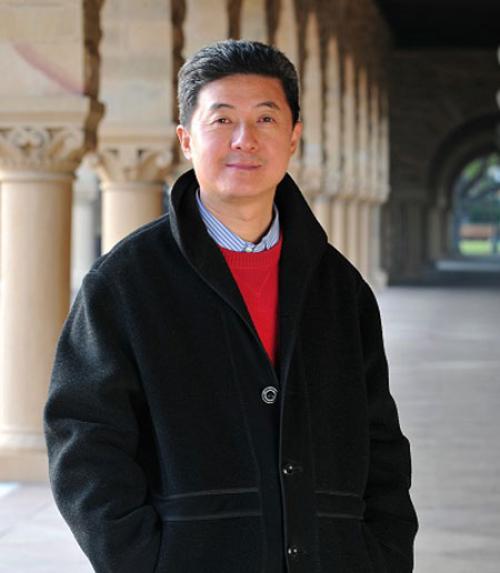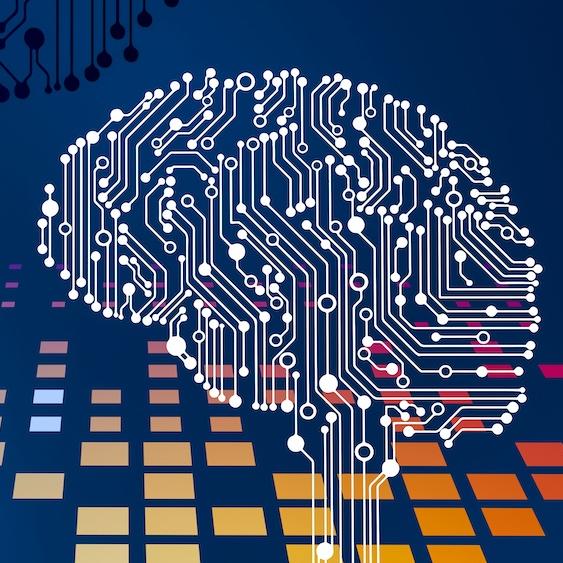
 Department Homepage
The College of Arts & Sciences
Department Homepage
The College of Arts & Sciences
Quantum computing explored in Fall Hans Bethe Lecture
The mysteries of quantum computing will be explained by physicist Shoucheng Zhang, a lead researcher in the field, in the fall Hans Bethe Lecture on Wed., Sept. 26 at 7:30 p.m. in Schwartz Auditorium, Rockefeller Hall.




